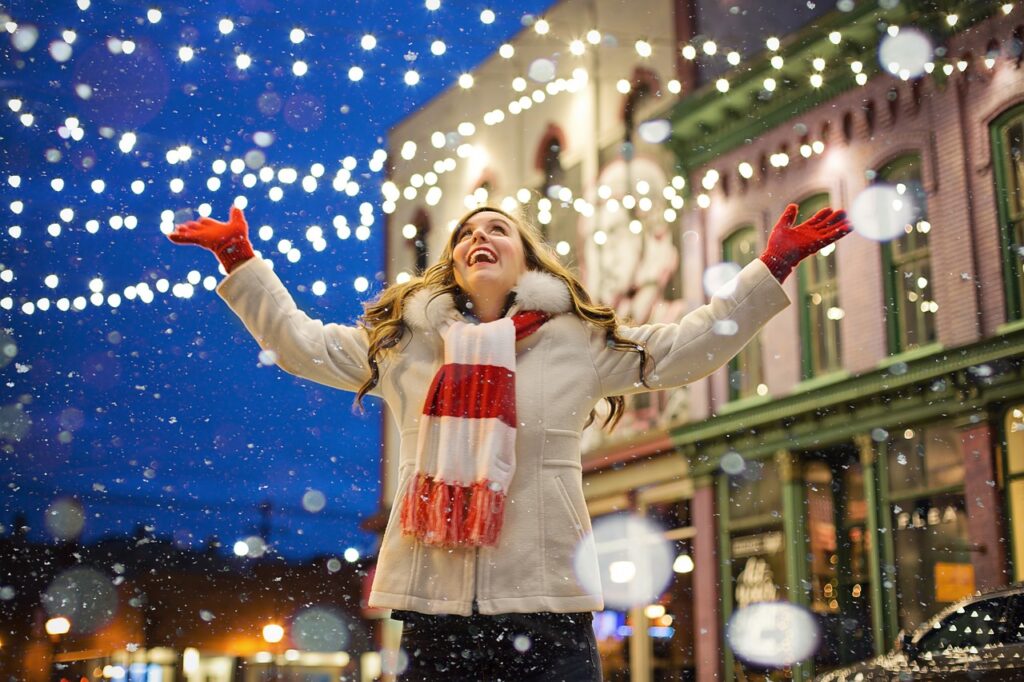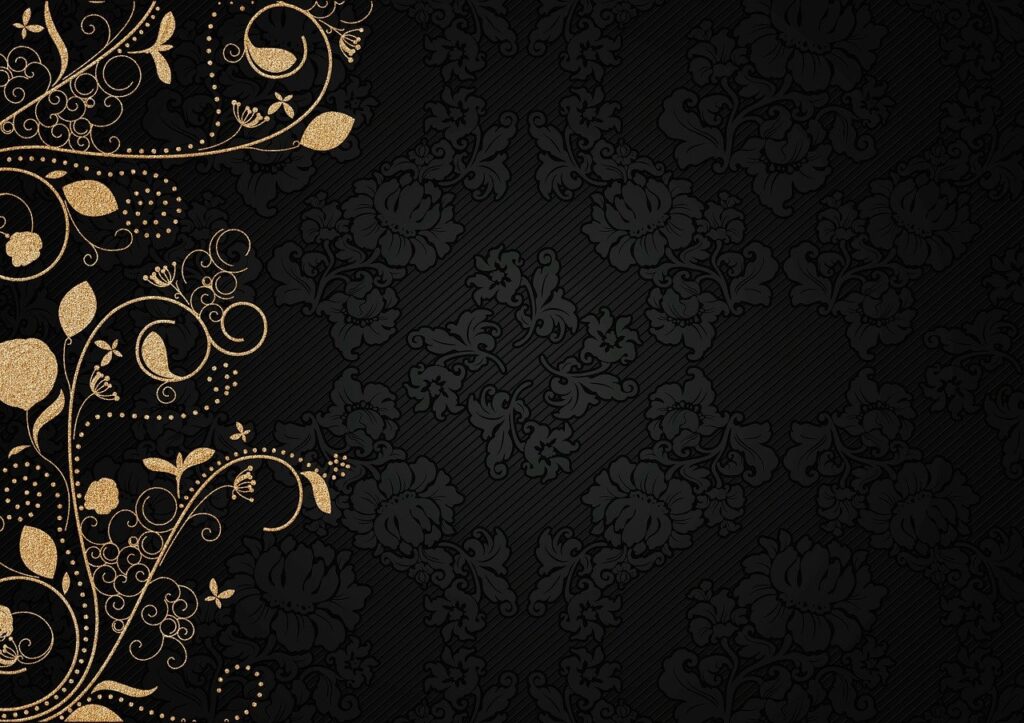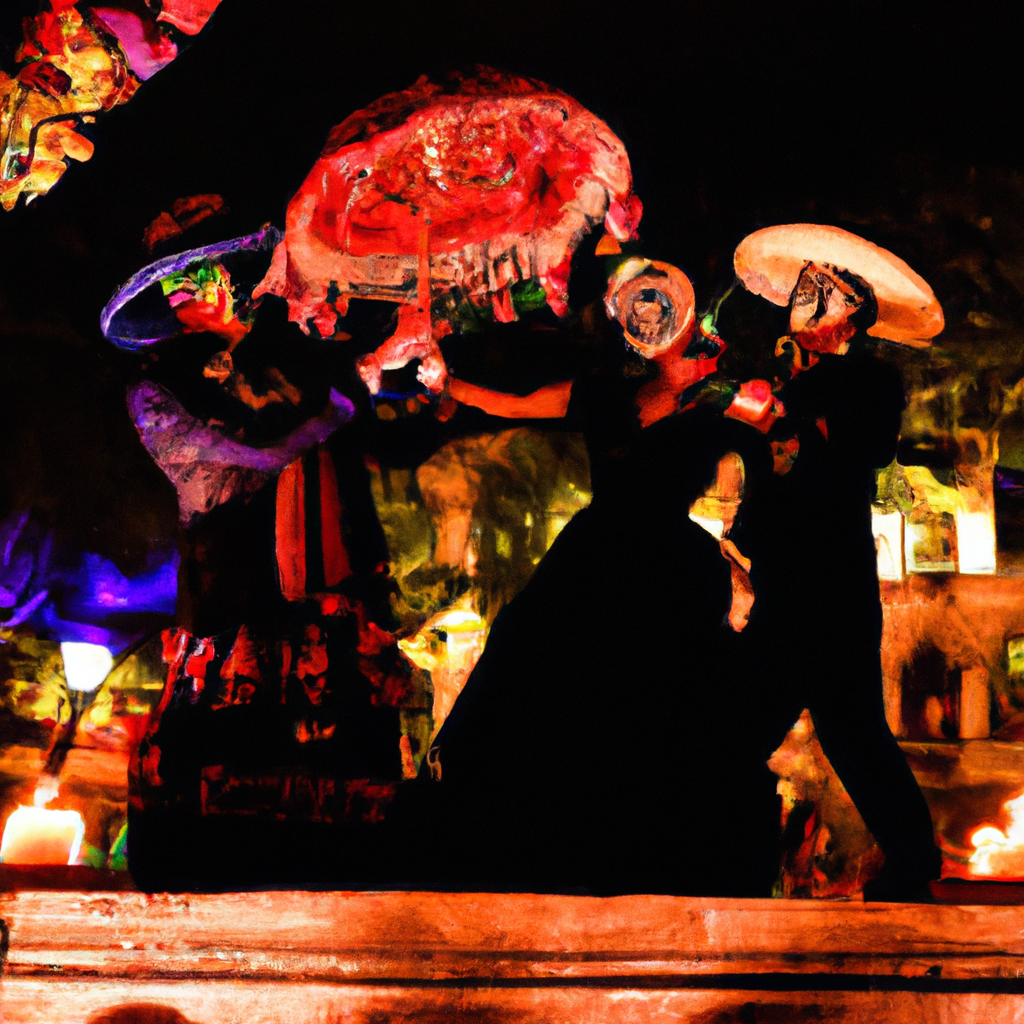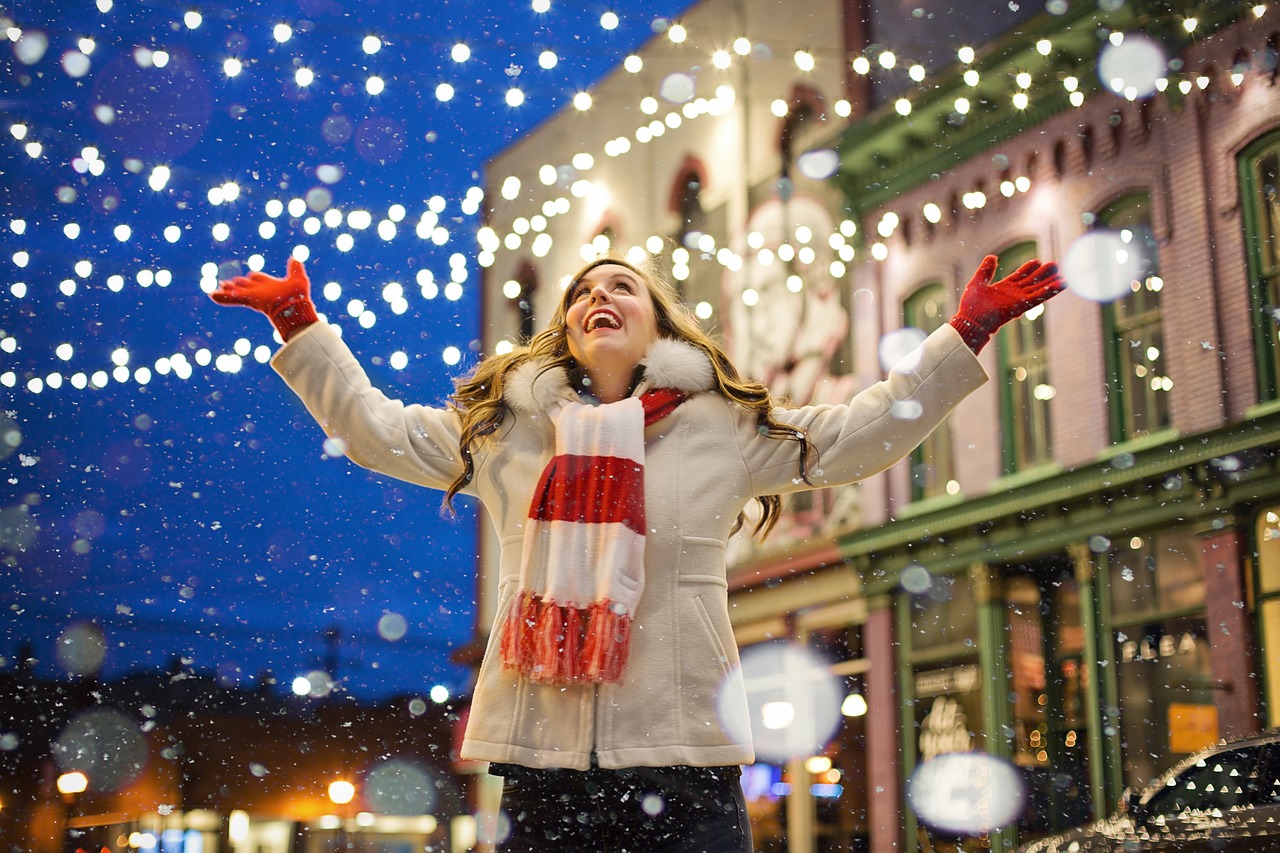Mexico’s vibrant music and arts festivals offer a culturally enriching experience like no other. From the lively rhythms of traditional mariachi bands to the colorful displays of street art, these festivals showcase the rich and diverse heritage of Mexican culture. Immerse yourself in the vibrant sounds and sights of Mexico’s international music and arts festivals, where you can dance to the beat of Latin American music, marvel at breathtaking art installations, and indulge in delicious street food. From the iconic Festival Cervantino in Guanajuato to the renowned Day of the Dead celebrations in Oaxaca, these festivals are a true cultural extravaganza that will leave you wanting more.

The History of Music and Arts Festivals in Mexico
Pre-Colonial Influences
Music and arts have deep roots in Mexican culture, with evidence of pre-colonial influences dating back thousands of years. Indigenous civilizations such as the Maya, Aztec, and Zapotec had a profound impact on the artistic traditions that continue to flourish today. These ancient cultures celebrated music and dance as integral parts of their rituals and ceremonies, using them to communicate with the gods and honor their ancestors. Musical instruments like drums, rattles, and flutes were intricately crafted using materials found in the surrounding environment, reflecting the connection between nature and artistic expression.
Colonial Period
With the arrival of the Spanish conquistadors in the 16th century, Mexico underwent a significant cultural transformation. The Catholic Church played a central role in shaping the arts during the colonial period, integrating European musical styles and instruments into religious ceremonies. Baroque music and sacred choral compositions became popular, blending with the traditional indigenous music to create a unique fusion. Festivals during this time often revolved around religious holidays and featured processions, dances, and musical performances that combined elements of both indigenous and Spanish traditions.
Modern Era
In the 20th century, Mexico experienced a resurgence of interest in its indigenous roots, resulting in the revival of traditional music and arts. This cultural awakening was greatly influenced by the Mexican Revolution and the desire to assert national identity. As a result, Mexican music and arts festivals began to embrace a wide range of genres and themes, showcasing the diversity of the country’s cultural heritage. From traditional folk music to contemporary rock, these festivals became platforms for both established and emerging artists to share their talents and connect with audiences from around the world.
Festival Season in Mexico
Popular Months for Festivals
Festival season in Mexico is a vibrant and lively time, with numerous events taking place throughout the year. However, certain months stand out as particularly popular for music and arts festivals. From November to March, as the weather cools down, the festival scene heats up. These months coincide with religious holidays, such as Dia de los Muertos (Day of the Dead) in November and Semana Santa (Holy Week) in March, which provide a rich cultural backdrop for festivities. Additionally, the summer months of June, July, and August offer an abundance of outdoor festivals, taking advantage of the warm weather and vacation season.
Notable Festivals in Different Regions
Mexico’s diverse geography and cultural heritage contribute to a rich tapestry of festivals celebrated in different regions of the country. In Oaxaca, the Guelaguetza Festival takes place in late July, showcasing traditional dance and music from around the state. This colorful event attracts thousands of visitors each year. In Mexico City, the Vive Latino Festival brings together local and international artists for a weekend of diverse musical performances. The coastal town of Rosarito hosts the Baja Beach Fest, a popular summer festival that celebrates Latin trap and reggaeton music. These are just a few examples of the many festivals that can be experienced throughout Mexico.
Themes and Genres
Mexican music and arts festivals often revolve around specific themes or genres, highlighting the richness and diversity of the country’s cultural landscape. Some festivals focus on traditional folk music, showcasing regional styles and instruments in an effort to preserve these endangered art forms. Others cater to more contemporary tastes, featuring a mix of international and local artists across various genres such as rock, pop, jazz, and electronic music. Additionally, thematic festivals centered around specific art forms, such as visual arts or dance, provide a platform for artists to exhibit their work and engage with audiences.
Traditional Music and Dance Festivals
Guelaguetza Festival
One of the most renowned traditional music and dance festivals in Mexico is the Guelaguetza Festival, held annually in Oaxaca. This festival, which translates to “reciprocal exchange” in the indigenous Zapotec language, celebrates the cultural diversity of the region. During the festival, traditional dances, music, and costumes from different communities in Oaxaca are showcased, providing a window into the rich heritage of the indigenous people. The Guelaguetza Festival serves as a platform for communities to come together and share their artistic traditions, fostering a sense of pride and unity among the participants and attendees.
Fiesta de la Santa Cecilia
The Fiesta de la Santa Cecilia, celebrated on November 22nd in many parts of Mexico, pays homage to Saint Cecilia, the patron saint of musicians. This festival is a vibrant celebration of music, with performances by local bands, mariachi groups, and orchestras. Musicians and music lovers gather in public spaces, such as parks and plazas, to share their passion for music and pay tribute to the cultural importance of their craft. The Fiesta de la Santa Cecilia is a testament to the vital role that music plays in Mexican society and serves as a reminder of the deep love and appreciation for music that is shared by the Mexican people.
Dia de los Muertos Celebrations
Dia de los Muertos, or Day of the Dead, is one of Mexico’s most iconic festivals, celebrated from October 31st to November 2nd each year. While not exclusively focused on music and dance, these art forms are integral elements of the festivities. During Dia de los Muertos, families gather to remember and honor their deceased loved ones. Music and dance are used to create a joyous atmosphere as participants indulge in lively processions, traditional dances, and musical performances. Mariachi bands serenade the departed with heartfelt ballads, while dancers wearing elaborate skeleton costumes perform in parades and gatherings. Dia de los Muertos showcases the unique combination of celebration and reverence that characterizes Mexican culture.
Contemporary Music Festivals
Vive Latino
Vive Latino is one of Mexico City’s premier music festivals, attracting thousands of music fans each year. Established in 1998, this festival has become a platform for both established and emerging artists from Mexico and around the world. With a focus on rock, pop, and alternative music, Vive Latino showcases a diverse lineup that represents the wide range of musical styles and genres found in Mexico. The festival also promotes cultural diversity, incorporating artists from different countries and creating an inclusive environment for music enthusiasts to come together and experience the power of live music.
Corona Capital
Corona Capital is another major music festival held in Mexico City, catering to fans of indie, alternative, and electronic music. Since its inception in 2010, Corona Capital has featured an impressive lineup of international acts, as well as up-and-coming Mexican artists. The festival takes place in a sprawling outdoor venue, allowing attendees to enjoy the music while taking in the city’s skyline. With multiple stages and a relaxed atmosphere, Corona Capital offers a unique experience for music lovers to discover new artists and immerse themselves in the vibrant music scene of Mexico’s capital.
Baja Beach Fest
For those seeking a beachside music festival experience, Baja Beach Fest in Rosarito, Baja California, is the perfect destination. This festival is dedicated to Latin trap and reggaeton music, with a lineup that includes some of the biggest names in the genre. Held on the stunning Baja California coastline, Baja Beach Fest attracts music fans from all over the world, eager to dance and party under the Mexican sun. In addition to the music, attendees can enjoy the breathtaking beach views and indulge in local cuisine, creating an unforgettable experience that combines music, culture, and natural beauty.

Fusion of Music and Visual Arts
International Cervantino Festival
The International Cervantino Festival, held annually in the city of Guanajuato, is one of Mexico’s longest-running and most prestigious arts festivals. Named after Miguel de Cervantes, author of the iconic novel “Don Quixote,” the festival celebrates the fusion of music, theater, dance, and visual arts. Artists from around the world come together to showcase their talents, presenting a diverse program of performances, exhibitions, and workshops. The festival’s main venue is the beautiful Teatro Juarez, a historic theater that serves as the backdrop for captivating stage productions and musical performances. The International Cervantino Festival epitomizes the seamless integration of music and visual arts, creating an immersive artistic experience for both artists and audiences.
Festival Internacional del Globo
The Festival Internacional del Globo, held in the city of Leon each November, combines the beauty of hot air balloons with the magic of music and art. This unique festival attracts balloon enthusiasts, artists, and musicians from all over the world, creating a colorful spectacle in the sky. Throughout the festival, the sky is filled with vibrant hot air balloons, while musical performances and art installations on the ground entertain visitors. From sunrise launches to night glow concerts, the Festival Internacional del Globo showcases the harmony between art, music, and the ethereal beauty of hot air balloons.
Festival de la Calle Ocho
Festival de la Calle Ocho, also known as the Calle Ocho Festival, takes place in Miami’s Little Havana neighborhood, but its roots can be traced back to the cultural influences of Mexico and other Latin American countries. This annual street festival celebrates the music, dance, and visual arts of the region, with a focus on preserving and promoting Latino culture. Local and international musicians perform on multiple stages, while vibrant street art and cultural exhibitions adorn the neighborhood. Through its fusion of music and visual arts, the Festival de la Calle Ocho showcases the transformative power of art in preserving and celebrating cultural heritage.
Artistic Expression at Cultural Festivals
Feria Nacional Durango
Feria Nacional Durango is one of Mexico’s most significant cultural and arts festivals, hosted in the city of Durango. This multi-week extravaganza celebrates the rich heritage and artistic traditions of the region. Visual artists, performers, and craftsmen come together to showcase their talents through exhibitions, installations, and live performances. Traditional dances, music, and theater performances take center stage, providing a platform for both established and emerging artists to showcase their skills. Feria Nacional Durango not only promotes artistic expression but also fosters a sense of community pride and unity through the celebration of local culture.
Carnaval de Veracruz
Carnaval de Veracruz is an annual carnival held in the city of Veracruz, known as the oldest and largest carnival celebration in Mexico. With origins dating back to the 19th century, this festival has become an iconic event that encapsulates the spirit of Veracruz. Music and dance are integral parts of the festivities, with vibrant parades featuring elaborately costumed individuals and lively dance performances. Participants and spectators alike join in the celebration, immersing themselves in the lively rhythm of Veracruzano music and experiencing firsthand the joy and camaraderie that comes with Carnaval de Veracruz.
Feria de San Marcos
Feria de San Marcos, also known as the San Marcos National Fair, is an annual event held in the city of Aguascalientes. This fair combines elements of music, arts, and cultural exhibitions, attracting visitors from all over Mexico and beyond. The fair features a diverse lineup of musical performances, including traditional Mexican music, contemporary pop, and international artists. Art exhibitions, craft fairs, and culinary showcases further enrich the festival experience. Feria de San Marcos provides a platform for artists and artisans to display their works and promotes cultural exchange, highlighting the importance of artistic expression in preserving and promoting cultural heritage.

Indigenous Cultural Festivals
Cumbre Tajin
Cumbre Tajin, held in the state of Veracruz, is a unique festival that celebrates the indigenous cultures of Mexico. Named after the ancient Totonac city of El Tajin, this festival showcases traditional music, dance, and rituals, providing a platform for indigenous communities to showcase their cultural heritage. Traditional ceremonies, such as the Voladores de Papantla (flyers of Papantla) and the Danza de los Voladores (Dance of the Flyers), are performed, mesmerizing audiences with their grace and symbolism. Cumbre Tajin also features contemporary musical performances, art exhibits, and workshops, creating a space where indigenous cultures can thrive and continue to be celebrated in a modern context.
Festival de Danza de Tlaxcala
The Festival de Danza de Tlaxcala, held in the state of Tlaxcala, is a celebration of traditional indigenous dance. This festival offers a glimpse into the rich cultural heritage of the indigenous communities that call Tlaxcala home. Dancers adorned in vibrant costumes perform intricate choreographies, telling ancient stories and rituals through their movements. Regional dance groups from different indigenous communities come together, sharing their unique dance forms and preserving these art forms for future generations. The Festival de Danza de Tlaxcala serves as a testament to the resilience and creativity of indigenous cultures, showcasing the power of dance as a form of cultural expression.
Fiesta de la Tardeada
Fiesta de la Tardeada, held in the state of Michoacan, is an indigenous cultural festival that combines music, dance, and traditional rituals. This festival is centered around the tardecita, a traditional dance performed by indigenous Purépecha communities. The tardecita is a social dance that represents the harmony and balance between humans, nature, and the spiritual world. During the Fiesta de la Tardeada, participants engage in lively music and dance, immersing themselves in the cultural traditions of the region. This festival exemplifies the importance of community and cultural preservation, creating a space for indigenous communities to celebrate and share their ancestral heritage.
Community Engagement and Workshops
Opportunities for Local Artists
Music and arts festivals in Mexico provide valuable opportunities for local artists to showcase their talent and gain exposure. These festivals often prioritize featuring artists from the region, giving them a platform to share their work with a wider audience. Emerging artists can participate in talent showcases and competitions, opening doors for potential career opportunities and collaborations. Furthermore, festivals often collaborate with local artists for commissioned works or public art installations, creating opportunities for artists to express their creativity and contribute to the festival’s visual appeal. Through these initiatives, music and arts festivals actively engage and support the local artistic community.
Educational Workshops and Masterclasses
Many music and arts festivals in Mexico go beyond mere entertainment and actively engage in educational initiatives. Workshops and masterclasses are common features, providing aspiring musicians, dancers, and artists with the opportunity to learn from industry professionals. These educational programs cover a wide range of topics, from musical instrument techniques and dance choreography to visual artistry and creative writing. By offering accessible and immersive educational experiences, festivals foster knowledge sharing and skills development, nurturing the next generation of artistic talent. Participants not only gain valuable knowledge and skills but also have the chance to interact with experienced artists, fostering a sense of community and mentorship.
Promotion of Cultural Heritage
Music and arts festivals in Mexico play a crucial role in promoting and preserving the country’s rich cultural heritage. By showcasing traditional music, dance, and artistic traditions, festivals serve as platforms for cultural exchange and appreciation. Indigenous cultures, in particular, benefit from the exposure and recognition provided by these festivals. Through performances, exhibitions, and interactive experiences, festival attendees gain a deeper understanding of Mexico’s diverse cultural landscape, fostering a sense of respect and appreciation for the country’s cultural heritage. The promotion of cultural heritage at music and arts festivals contributes to its revitalization, ensuring its continued relevance and survival for future generations.

International Collaboration and Exchange
Participation of International Artists
Music and arts festivals in Mexico embrace international collaboration and foster cultural exchange through the participation of artists from around the world. International artists are often invited to perform or exhibit their works, bringing diverse perspectives and artistic styles to the festival. This integration of international talent not only enriches the festival experience for attendees but also promotes cultural understanding and appreciation. By celebrating artistry from different countries, festivals strengthen global connections and foster a sense of unity through the universal language of music and art.
Cultural Exchange Programs
In addition to inviting international artists, music and arts festivals in Mexico actively participate in cultural exchange programs. These programs facilitate the exchange of ideas, knowledge, and artistic practices between Mexican and international artists. Collaborative performances, workshops, and exhibitions offer opportunities for artists to learn from one another and showcase their artistic visions. Cultural exchange programs promote cross-cultural understanding and appreciation, bridging geographical and cultural divides. By engaging in these programs, music and arts festivals in Mexico contribute to the global cultural dialogue and the fostering of meaningful connections between artists from diverse backgrounds.
Impact on Tourism
Music and arts festivals in Mexico have a significant impact on tourism, attracting visitors from all over the world. The unique cultural experiences offered by these festivals, combined with the country’s natural beauty and warm hospitality, make Mexico an appealing destination for travelers seeking immersive cultural experiences. Festivals often collaborate with local tourism authorities to boost the visibility and accessibility of the host region, promoting cultural tourism and supporting local businesses. Through the influx of visitors, festivals contribute to the local economy and create opportunities for cultural exchange and interaction between visitors and locals.
Preservation of Traditional Arts
Role of Festivals in Revitalization
Music and arts festivals in Mexico play a crucial role in the revitalization of traditional arts. By providing a platform for traditional music, dance, and artistic expressions, festivals create opportunities for these art forms to thrive and be passed on to future generations. Indigenous communities, in particular, benefit from the exposure and recognition provided by festivals, as they are able to share their cultural heritage with a wider audience. Festivals actively engage with local communities, supporting traditional artists and providing resources for the preservation and promotion of their art forms. Through their commitment to traditional arts, festivals contribute to their continued vitality and relevance in Mexican society.
Promotion of Indigenous Artists
Music and arts festivals in Mexico actively promote the work of indigenous artists, providing them with a space to express their creativity and share their unique perspectives. Indigenous artists often face challenges in gaining recognition and opportunities to showcase their talents. Festivals serve as a platform to amplify their voices and celebrate their cultural contributions. By showcasing the work of indigenous artists, festivals promote cultural diversity and showcase the wealth of artistic talent found within indigenous communities. This promotion not only benefits individual artists but also contributes to the overall recognition and appreciation of indigenous cultures in Mexico.
Recording and Archiving Cultural Performances
Music and arts festivals in Mexico actively contribute to the recording and archiving of cultural performances, ensuring the preservation of traditional arts for future generations. Through audio and video recordings, festivals capture the essence of live performances, documenting the unique interpretations and expressions of artists. These recordings serve as valuable archival resources, providing researchers and scholars with a means to study and analyze traditional music, dance, and artistic forms. By safeguarding these performances, festivals actively contribute to the preservation and promotion of Mexico’s rich cultural heritage, allowing it to be appreciated and studied for years to come.
In conclusion, music and arts festivals in Mexico celebrate the country’s rich cultural heritage and provide platforms for artistic expression, cultural exchange, and community engagement. From traditional music and dance festivals that honor indigenous traditions to contemporary festivals that fuse music and visual arts, Mexico’s festival season offers a diverse range of experiences for locals and visitors alike. These festivals play a crucial role in preserving and promoting traditional arts, supporting local artists, and fostering cultural appreciation. Through international collaboration and the impact on tourism, festivals further contribute to the global cultural dialogue and the recognition of Mexico as a vibrant hub of artistic creativity.

